About Electric Vehicles
Direct Benefits and Availability
Electrifying transportation offers numerous benefits for customers and communities: Improved sustainability, reduced greenhouse gas emissions, increased energy efficiency, energy security and lower vehicle operating costs.
There are many benefits of owning a plug-in electric vehicle:
- Environmental – Fully electric vehicles produce no tailpipe emissions. Hybrid electric vehicles have no emissions when running in electric mode. EV batteries don’t use lead or acid, therefore avoiding the harmful environmental impact of disposing of these toxic materials. EVs also reduce noise pollution as they run much quieter than gasoline-powered cars. The rechargeable battery means you can charge up with clean renewable energy source.
- Cost & Convenience – Plug-in electric vehicles are up to 70% cheaper per mile to operate and can be charged at home, overnight. EV drivers also frequently enjoy access to preferred parking, HOV lane, toll discounts and more.
- Charging – According to the U.S. Department of Energy, an e-gallon (the cost of fueling a vehicle with electricity compared to a similar vehicle that runs on gasoline) costs on average about half as much to drive an electric vehicle..
What is your average mileage? Calculate your yearly savings with different EV models with ChargeHub. - Maintenance -
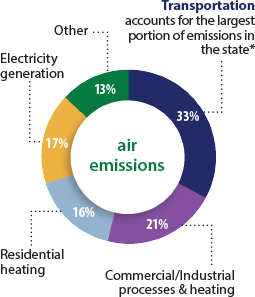 |
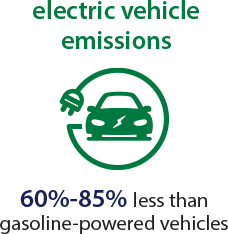 |
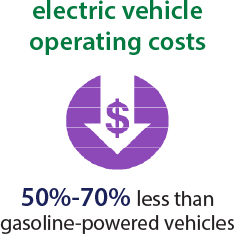 |
Comparisons
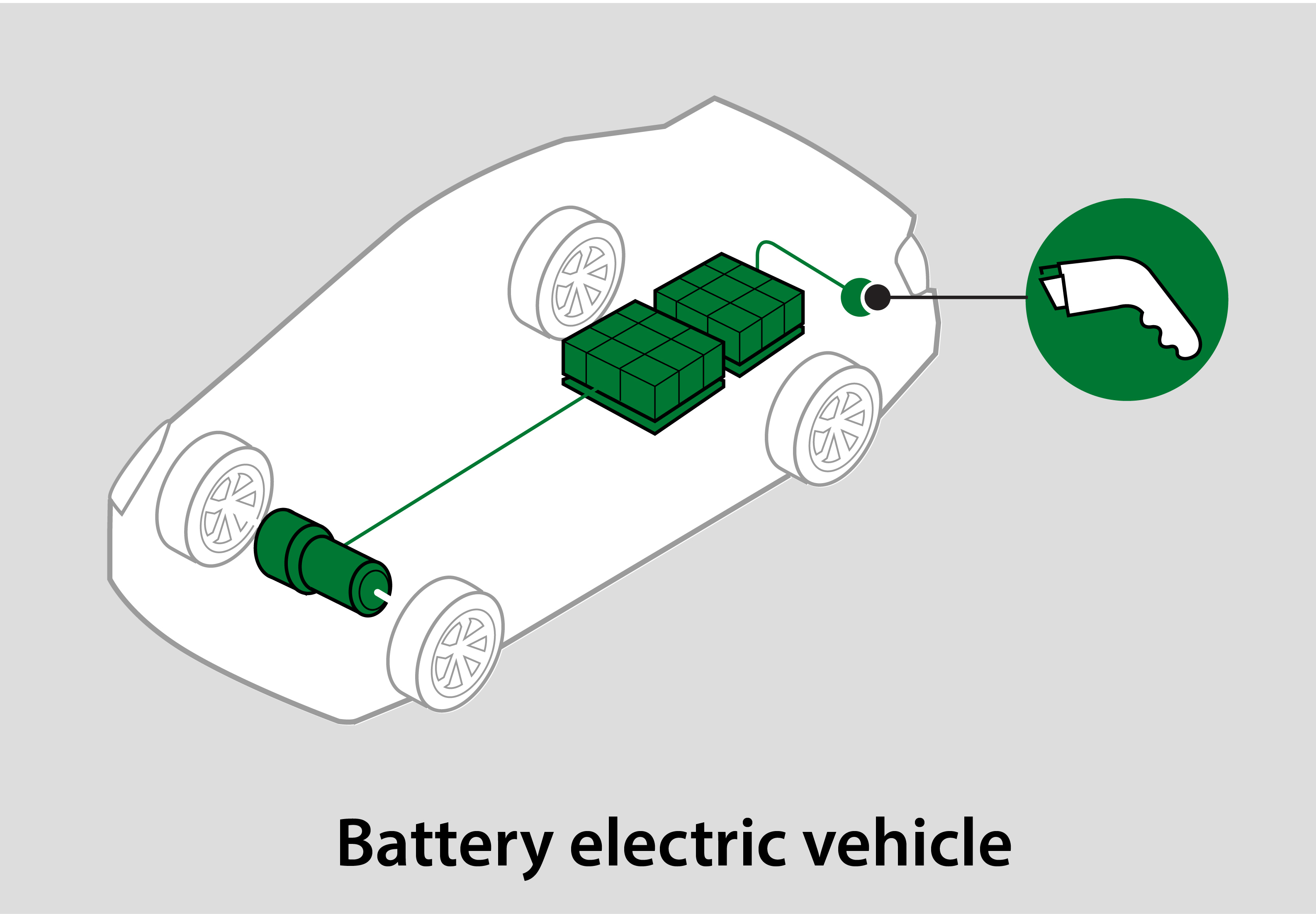 Battery electric vehicles run solely on electricity. They store power in batteries that are re-charged by plugging in. These vehicles have no tailpipe and emit zero greenhouse gases when driven. They often have longer electric driving ranges than plug-in hybrids. |
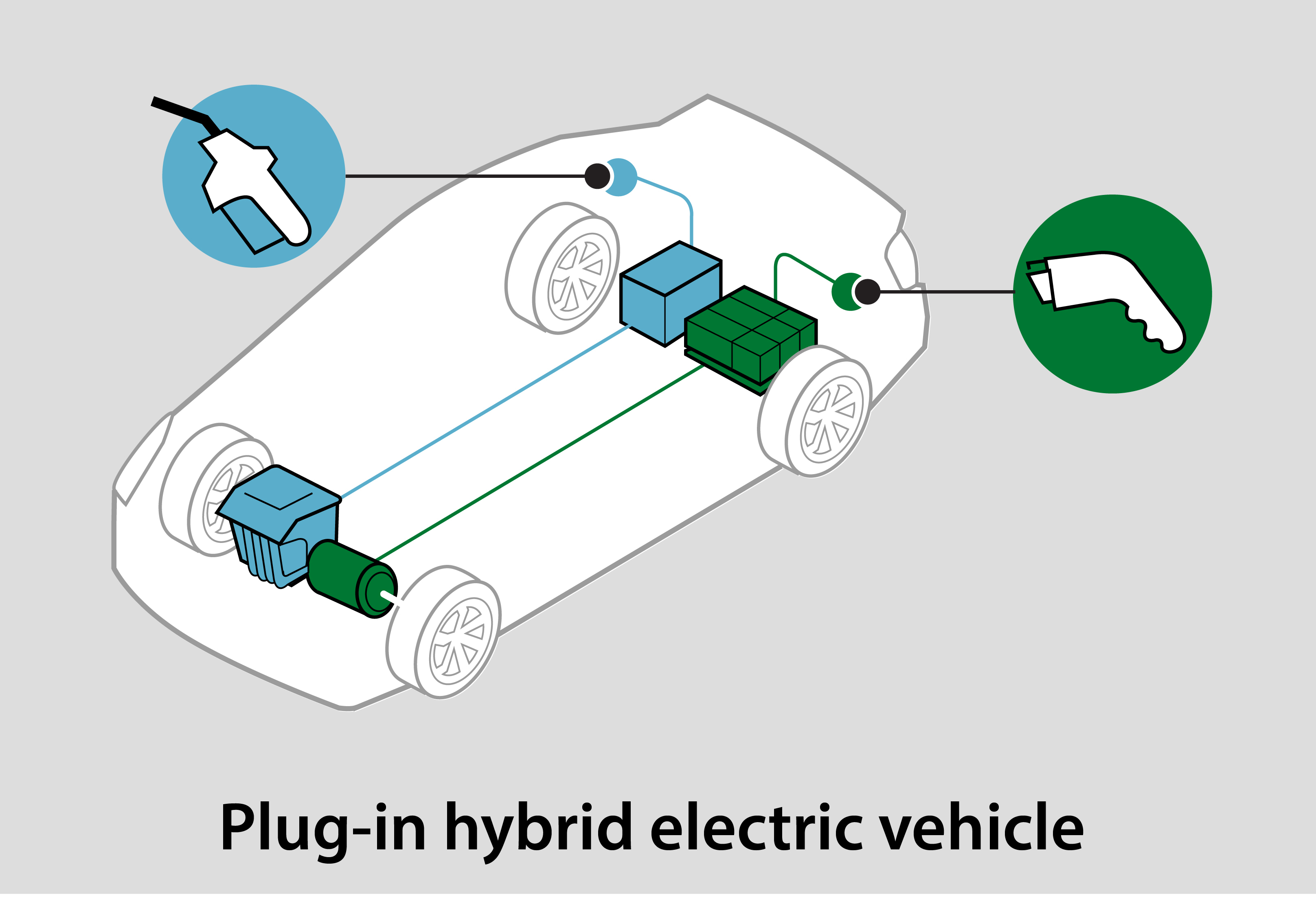 Has an electric motor and internal combustion engine that automatically takes over when the electric charge runs out. Optimum for drivers who travel long distances frequently and are concerned about the range of a plug-in electric vehicle meeting their needs. |
Myth vs. Fact
| Myth | Fact |
| 1) EVs don't have enough range. You'll be stranded when you run out of electricity. | 1) Americans drive an average of 40 miles per day, according to the U.S. Department of Transportation. EVs have an average range of 234 miles per charge. Vehicles can be charged at any ordinary electrical outlet (120V) or publicly accessible station with a faster charger. |
| 2) There aren't enough charging stations. | 2) Most charging can be done at home or even the workplace, so concern about availability of public charging is specific to actual needs, such as distance driving or inability to charge otherwise. Public stations can be easily located with mobile apps. |
| 3) EVs take too long to charge. | 3) The most convenient place and time to charge is at home while you sleep. Even using the slowest 120-volt outlet, the car can be left to charge overnight, adding about 5 miles per hour of charge. Level 2 chargers add 20-60 miles per hour of charge and Level 3/DCFC charge at a rate of 60-100 miles per 20 minutes of charge. Level 1 and Level 2 chargers are the most popular for home charging. |
| 4) Plug-ins are too expensive for market penetration. | 4) There are various tax credits and incentives for buying electric vehicles. The purchase and lifetime operating costs of an EV is on par with or less than gas-powered equivalents. |
| 5) Batteries on EVs have to be replaced. | 5) Most EV batteries have a life expectency of 15 to 20 years. |
What's Driving EVs
The growth of electric vehicles has largely been driven by government policy, financial incentives reducing the cost of purchase of EVs, tightened fuel-economy standards and regulations on the emission of local pollutants and low- and zero-emission vehicle mandates. New York Governor Kathy Hochul signed into law a bill that sets a goal for all new passenger cars and light-duty trucks to be zero-emission models by 2035, joining the state of California in attempting to eliminate gasoline-powered vehicles.
In order to meet the state’s clean energy goals, the transportation sector must be part of the solution -- the transportation sector produces the highest emissions in New York. Approximately one-third of total emissions in New York are from gasoline and diesel-powered vehicles. Electrifying transportation offers the benefits of reduced greenhouse gas emissions, plus additional benefits for customers and communities such as increased energy efficiency, improved sustainability, energy security and lower vehicle operating costs.
Central Hudson provides up to 100 percent of infrastructure costs needed to install EV charging sations for businesses, educational institutions and municipalities through the EV Make-Ready Program. The company also provides Fleet Assessment Services to help identify when it is cost-effective for businesses to purchase electric vehicles. The EV Time-of-Use Rate also helps customers save on electricity costs when charging.


